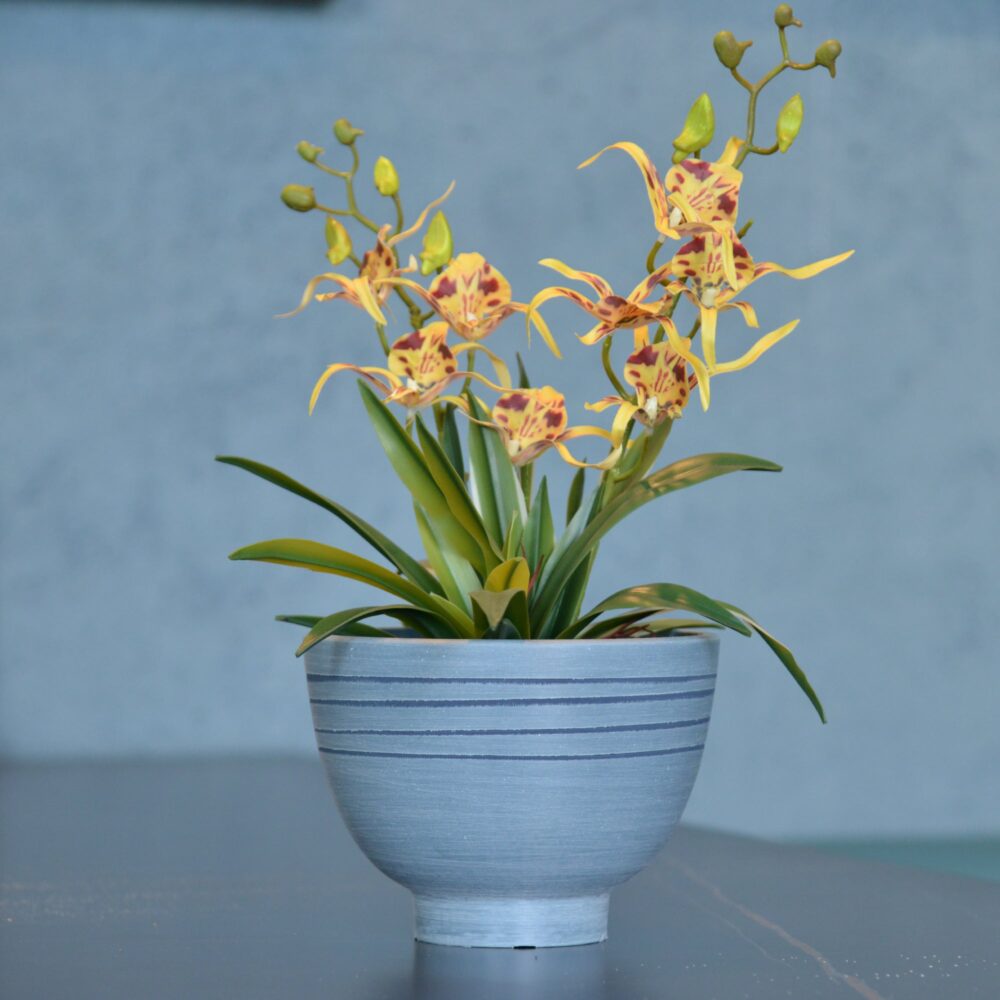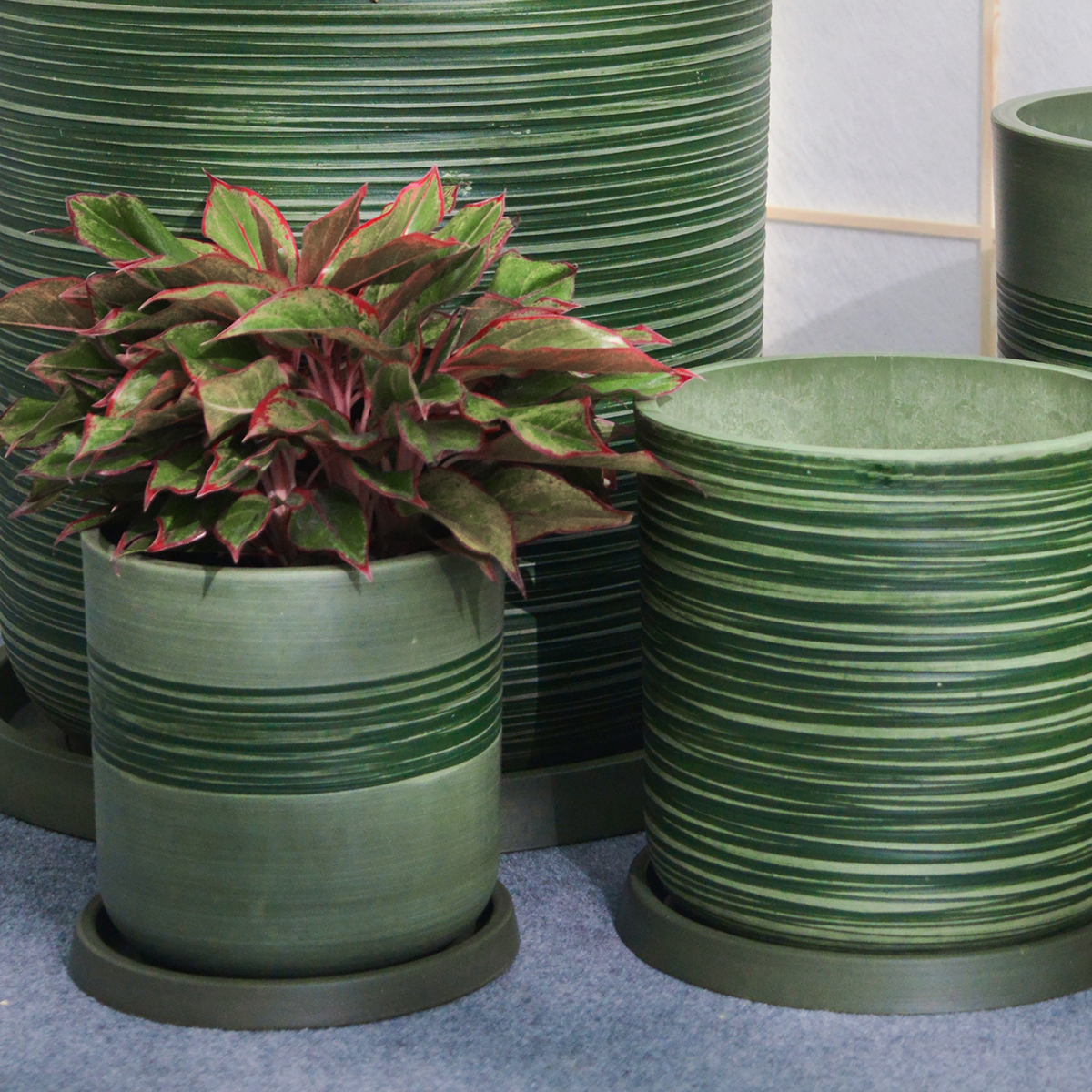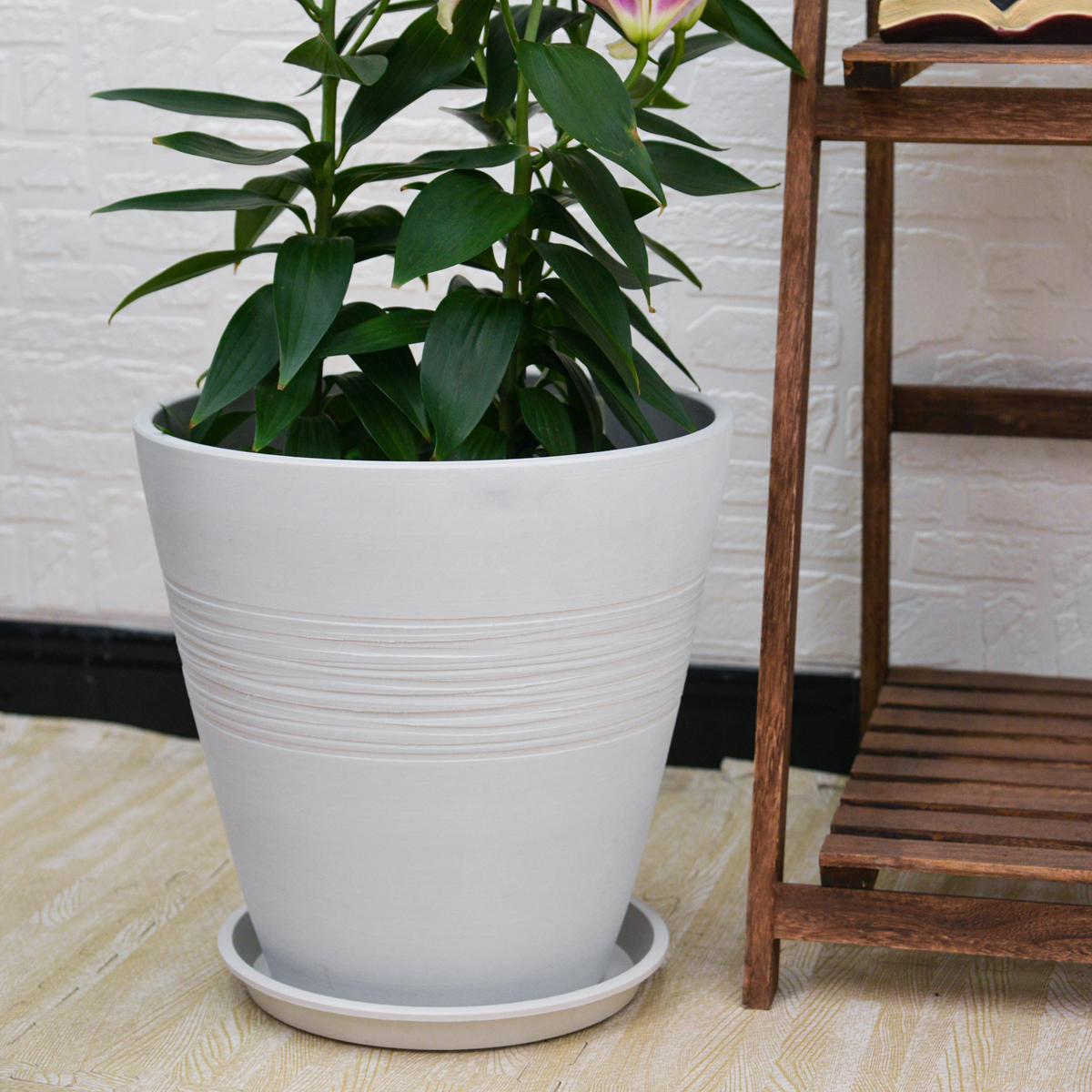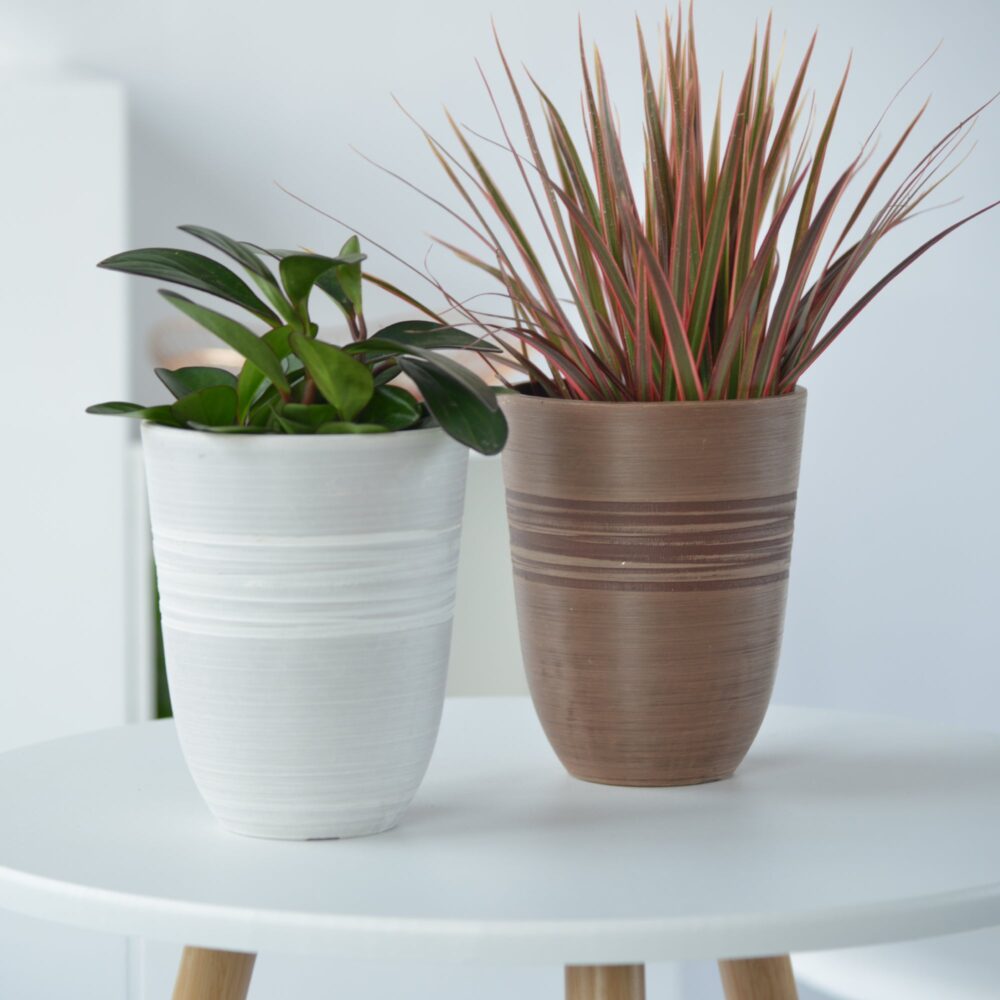Do Different Types of Flowers Have Different Drainage Requirements for Flower Pots? How to Ensure Good Drainage?
Just like their needs for sunlight and water vary, different types of flowers also have specific requirements when it comes to drainage in their pots. Providing the right level of drainage is crucial for preventing root rot and ensuring healthy growth. For American gardeners looking to optimize their flower care, here’s what you need to know about drainage requirements for various flowers and how to ensure your pots drain well:
Why Drainage Matters for Flowers:
Proper drainage allows excess water to escape from the pot, preventing the soil from becoming waterlogged.1Waterlogged soil deprives the roots of oxygen, leading to stress, disease, and ultimately, the death of the plant.2 Different flowers have evolved to thrive in varying levels of soil moisture, which directly relates to how quickly water should drain from their root zone.
Drainage Requirements for Different Types of Flowers:
- Flowers that Prefer Well-Draining Soil (Tolerate Dryness): These flowers are often native to drier climates and have root systems that are adapted to less moisture. Overwatering and poor drainage are particularly harmful to them.
- Examples: Succulents, cacti, Lavender, Rosemary, Thyme, Coneflowers (Echinacea), Salvia, Gaillardia (Blanket Flower), Coreopsis (Tickseed), Zinnias. These flowers generally thrive in terracotta pots, which are porous and allow for good air circulation and drainage.
- Flowers that Prefer Moderately Moist Soil: Many common garden flowers fall into this category. They need consistent moisture but should not sit in water. Good drainage is still essential to prevent soggy conditions.
- Examples: Geraniums, Petunias, Marigolds, Pansies, Violas, Begonias, Snapdragons. These flowers can do well in various pot materials, including plastic, ceramic, and well-draining terracotta.
- Flowers that Prefer Moist to Wet Soil: Some flowers naturally grow in boggy or consistently moist environments and require pots that retain more moisture.3 While drainage is still necessary, it shouldn’t be overly rapid.
- Examples: Impatiens, Lobelia (Cardinal Flower), некоторые виды Hibiscus, некоторые папоротники. Plastic or glazed ceramic pots can be suitable for these, as they retain moisture longer. Ensuring a layer of moisture-retentive material at the bottom (while still allowing for drainage) can also be beneficial.
How to Ensure Good Drainage in Flower Pots:
Regardless of the type of flower, ensuring good drainage in your pots is fundamental. Here’s how you can achieve it:
- Choose Pots with Drainage Holes: This is the most critical step. Ensure your flower pots have at least one drainage hole at the bottom. Larger pots will benefit from multiple holes.
- Consider the Size of Drainage Holes: For large containers, make sure the drainage holes are of adequate size to allow for sufficient water flow. Small holes can sometimes get blocked by soil.
- Use a Well-Draining Potting Mix: Avoid using garden soil in containers, as it can compact and impede drainage. Opt for a potting mix specifically formulated for containers, which is lighter and more porous.4
- Add a Drainage Layer (Optional): While once commonly recommended, the necessity of a drainage layer (like gravel or pebbles) at the bottom of the pot is debated. Modern research suggests it can sometimes hinder drainage by creating a perched water table. However, if you choose to use one, ensure it doesn’t block the drainage holes. You can also use materials like LECA (lightweight expanded clay aggregate) which are specifically designed for drainage.5
- Elevate Your Pots: Elevating your pots slightly off the ground using pot feet or a plant stand can help ensure that the drainage holes don’t get blocked and that air can circulate underneath, aiding drainage.6
- Avoid Overwatering: Even with excellent drainage, overwatering can lead to problems. Water your flowers only when the top inch or two of soil feels dry to the touch.
- Monitor Drainage: After watering, observe if water is draining out of the holes. If it’s not, there might be a blockage that needs to be cleared. You can try gently inserting a thin stick or wire into the drainage hole to remove any obstructions.
- Consider the Pot Material: As mentioned earlier, terracotta naturally promotes drainage due to its porosity, while plastic and glazed ceramic retain more moisture. Choose your pot material based on your flowers’ specific needs.

By understanding the drainage preferences of your flowers and taking steps to ensure your pots drain effectively, you can create a thriving environment for your blooms and enjoy their beauty throughout the growing season.
8 inch/10 inch Planter Indoor Plants, 2 Pack Modern Decorative Plant Pots with Drainage Hole, Cute Bowl Shape Flower Pots
By greenship-seo|2025-04-10T08:03:42+00:00January 9, 2025|Categories: Hand-carving Series|Tags: Decorative Flower Pots, Self-Watering Pots|
KC2-21G
By greenship|2024-08-13T06:19:08+00:00August 13, 2024|Categories: Hand-carving Series|
KC2-GS
By greenship|2024-08-16T06:30:21+00:00August 16, 2024|Categories: Hand-carving Series|
11V
By greenship|2024-08-13T03:05:48+00:00August 13, 2024|Categories: Hand-carving Series|
Plant Pots 6 inch 8 inch 10 inch for Indoor Plants, Set of 3 Modern Decorative Planter ts with Drainage Hole, Decorative Flower Pots
By greenship-seo|2025-04-10T06:39:28+00:00January 14, 2025|Categories: Hand-carving Series|Tags: Decorative Flower Pots|
11TH
By greenship|2024-08-13T02:50:25+00:00August 13, 2024|Categories: Hand-carving Series|







